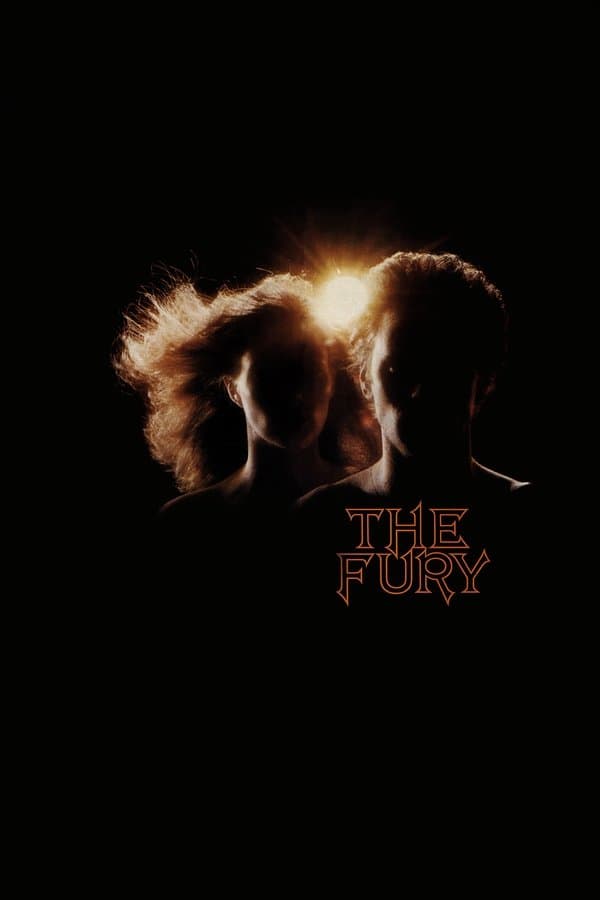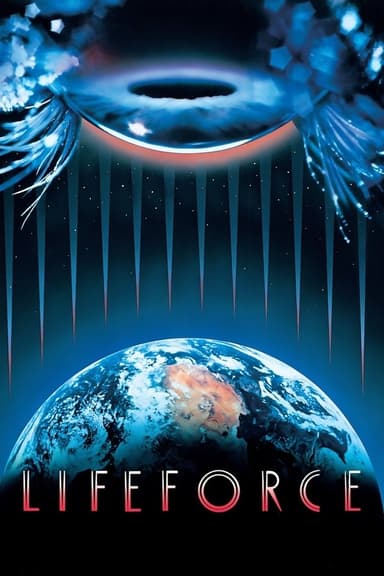
The Fury
1978 • Horror, Science Fiction, Thriller • R
When a devious plot separates CIA agent Peter Sandza from his son, Robin, the distraught father manages to see through the ruse. Taken because of his psychic abilities, Robin is being held by Ben Childress, who is studying people with supernatural powers in hopes of developing their talents as weapons. Soon Peter pairs up with Gillian, a teen who has telekinesis, to find and rescue Robin.
Runtime: 1h 58m
Why you should read the novel
John Farris’ The Fury offers a deep psychological immersion that the movie only hints at. The novel intricately explores the inner turmoil and complex motivations of its characters, drawing readers into a chilling world of mental powers and government conspiracies. In prose, the suspense is allowed to simmer, drawing you deeper into the dark web spun by relentless government agents and those who seek to exploit psychic talent.
Reading the novel gives you access to rich storytelling, nuanced character development, and the author’s ability to build tension through carefully crafted scenes and introspective passages. Farris evokes a sense of dread and helplessness that’s difficult to evoke on film, making the horror far more personal and insidious. Themes of manipulation, isolation, and betrayal are expanded upon, providing a fuller perspective than the cinematic version allows.
Fans of supernatural thrillers and psychological suspense will find John Farris’ novel a rewarding experience. Its methodical pacing allows the plot to unfurl naturally, revealing complexities that the film condenses or omits entirely. For those wanting a complete understanding of the story’s scope, motivations, and emotional depth, the novel delivers a far richer and more satisfying journey than its movie counterpart.
Adaptation differences
The Fury’s adaptation compresses and streamlines the book’s narrative. The movie focuses heavily on action and visual shock value, often speeding through elaborate plots to maintain its brisk pace. As a result, many subplots and characters that are pivotal in the novel receive little attention or are omitted altogether, tightening the story but sacrificing its psychological layers.
Characterization is another notable difference. In the book, Robin’s psychological decline and the manipulations he endures receive careful exploration, making his tragic fate more impactful. The film, by contrast, glosses over his inner struggles, reducing him mostly to a cipher driven by external forces. Similarly, the deeper personal motivations and backstories of Peter and Gillian are abbreviated or altered.
Tone also diverges significantly between the two versions. The novel’s slow-burn suspense gives way to quick, shocking violence in the film, emphasizing spectacle over creeping dread. Scenes of psychic power are rendered with far more restraint and emotional gravity in the book, allowing readers to ponder their implications, rather than being confronted with graphic effects.
Finally, certain thematic content is less pronounced in the adaptation. The book delves into issues of governmental overreach, betrayal, and the moral ambiguities of harnessing human abilities for power. The film simplifies these themes to fit its cinematic conventions, often substituting complex questions with straightforward portrayals of good versus evil. This shift narrows the story’s scope, making the film an effective thriller but a less nuanced narrative experience compared to the source material.
The Fury inspired from
The Fury
by John Farris










